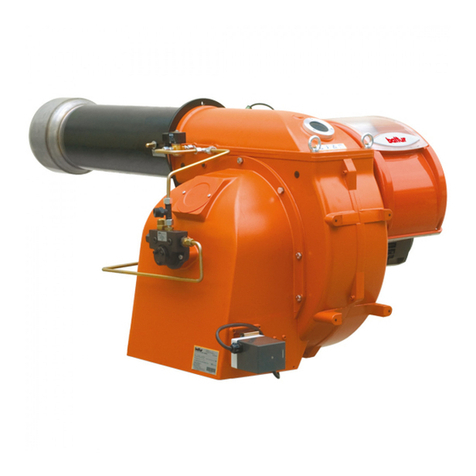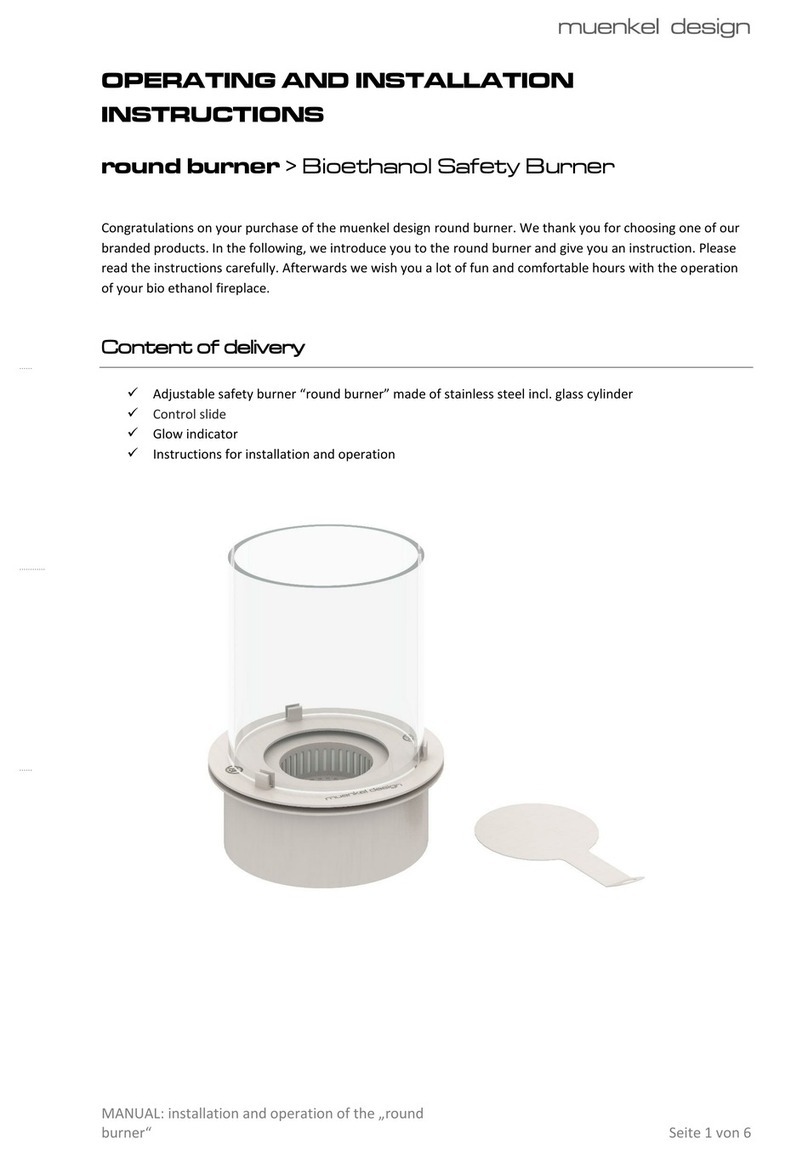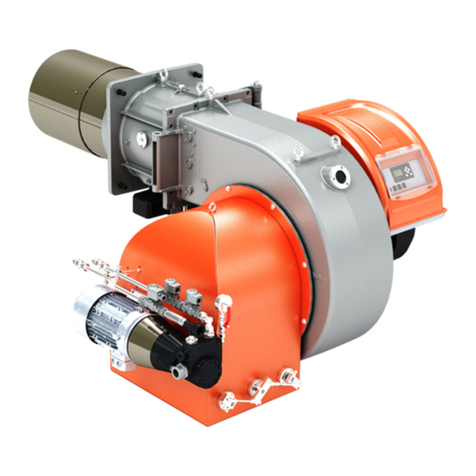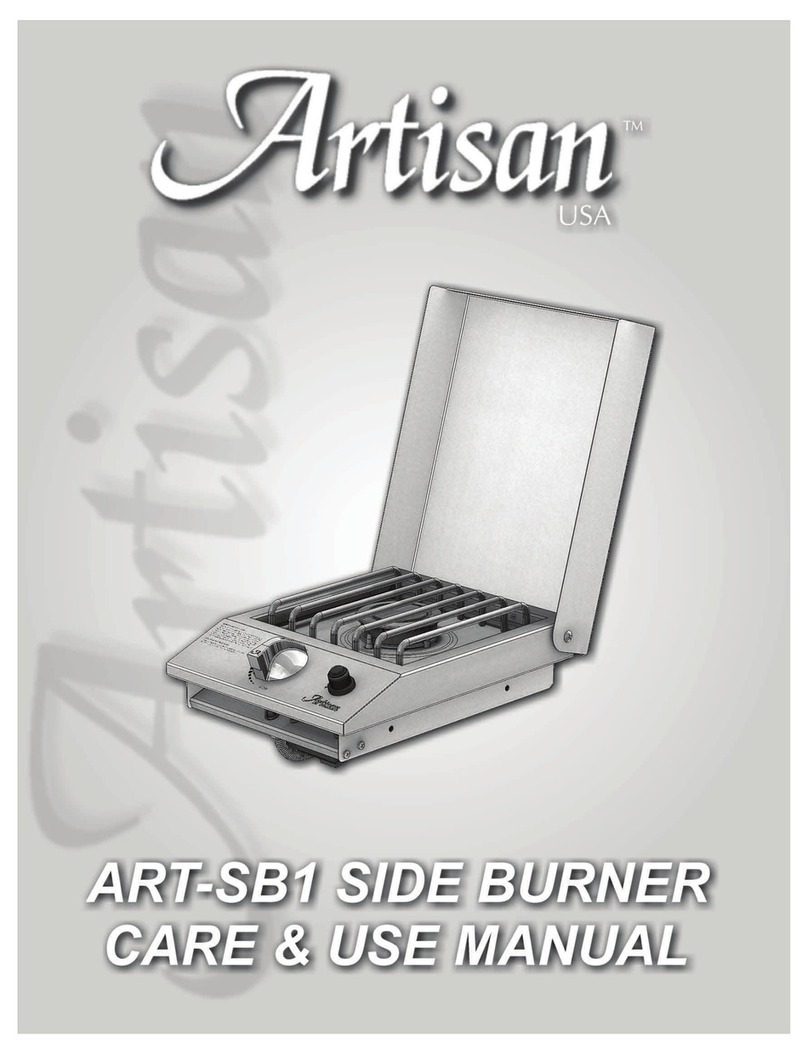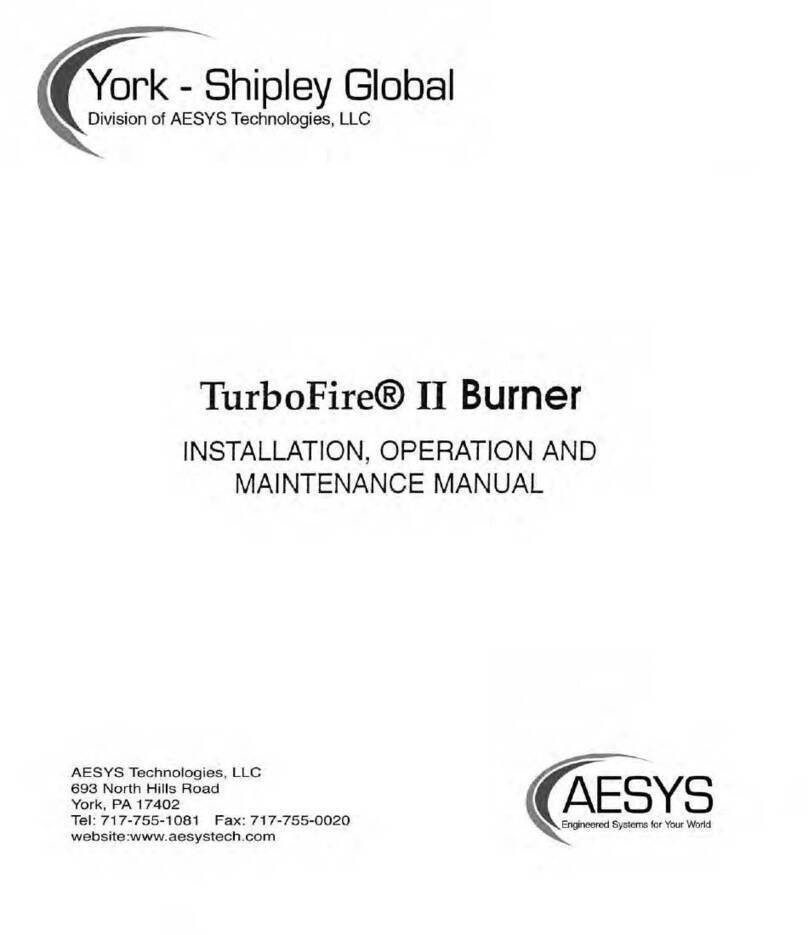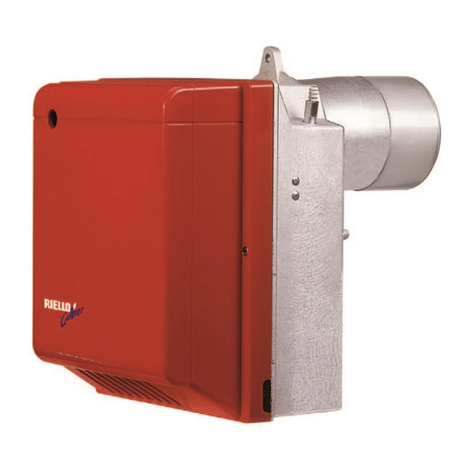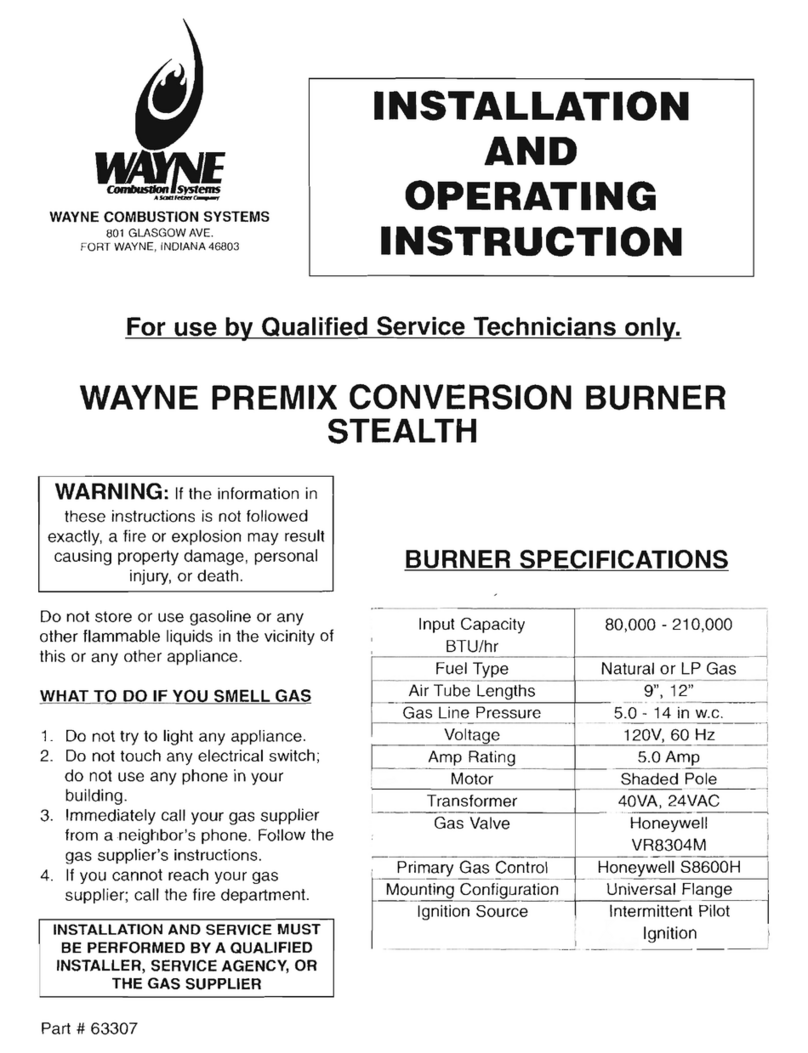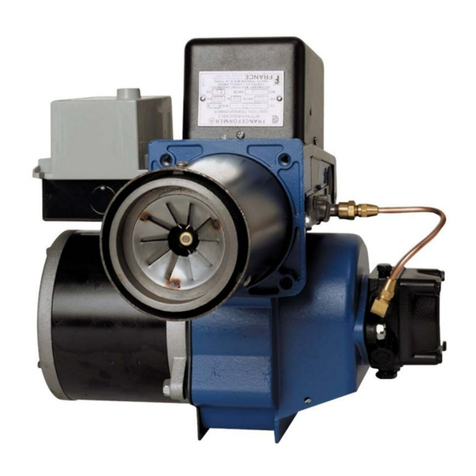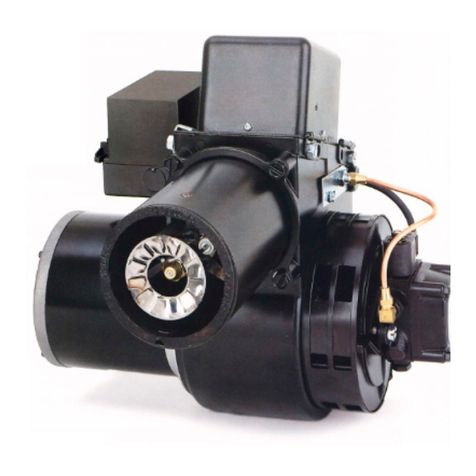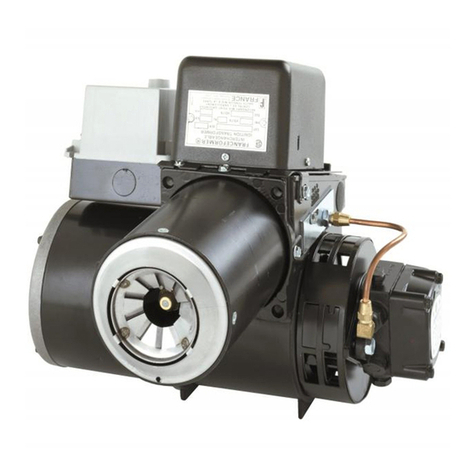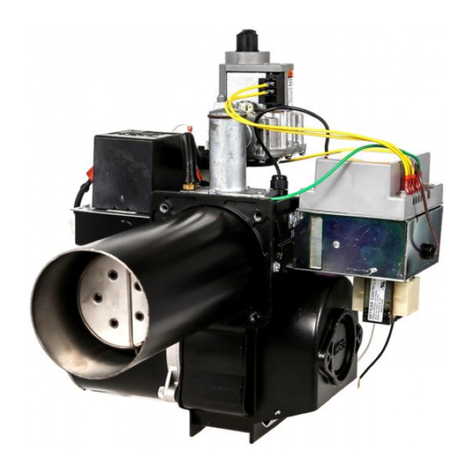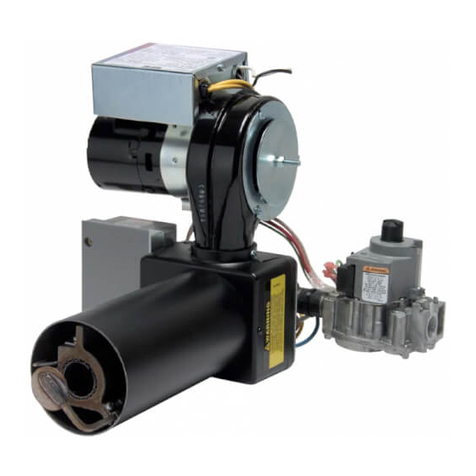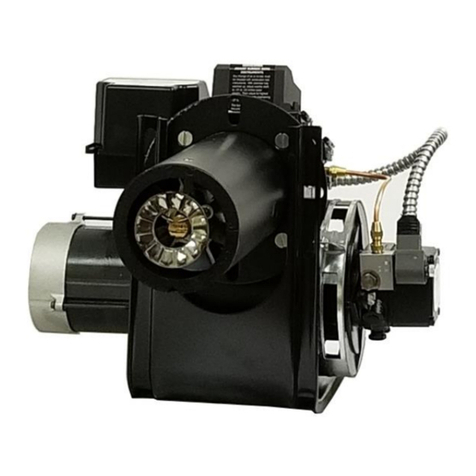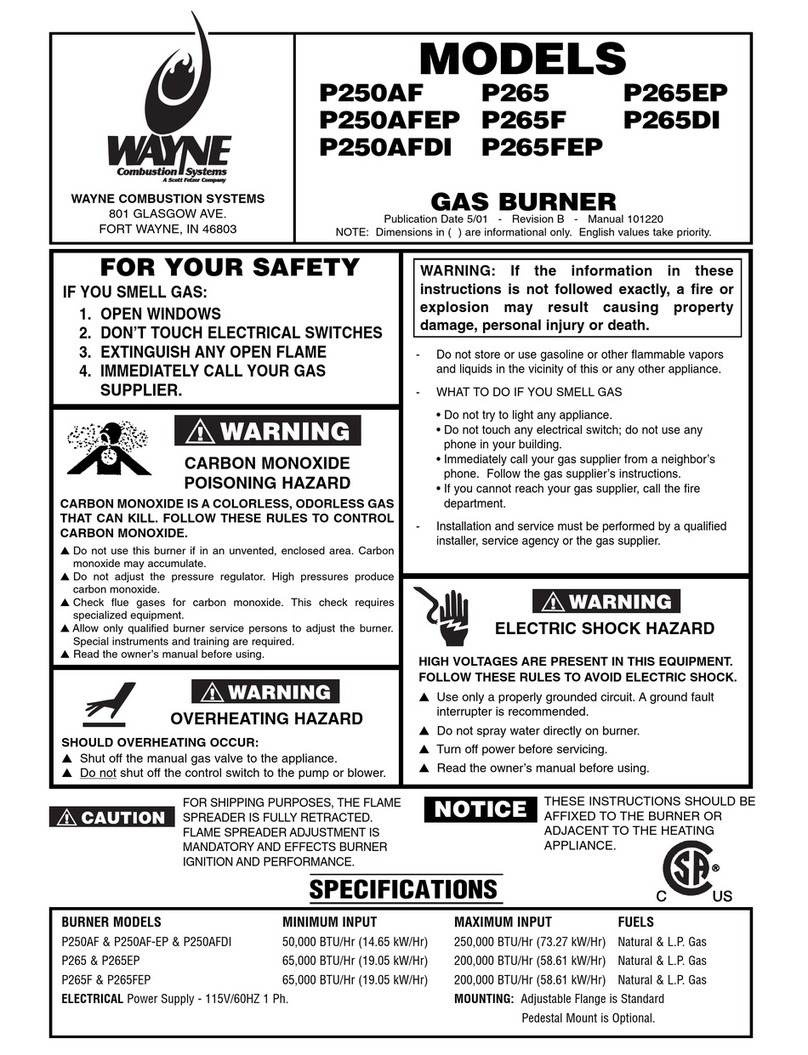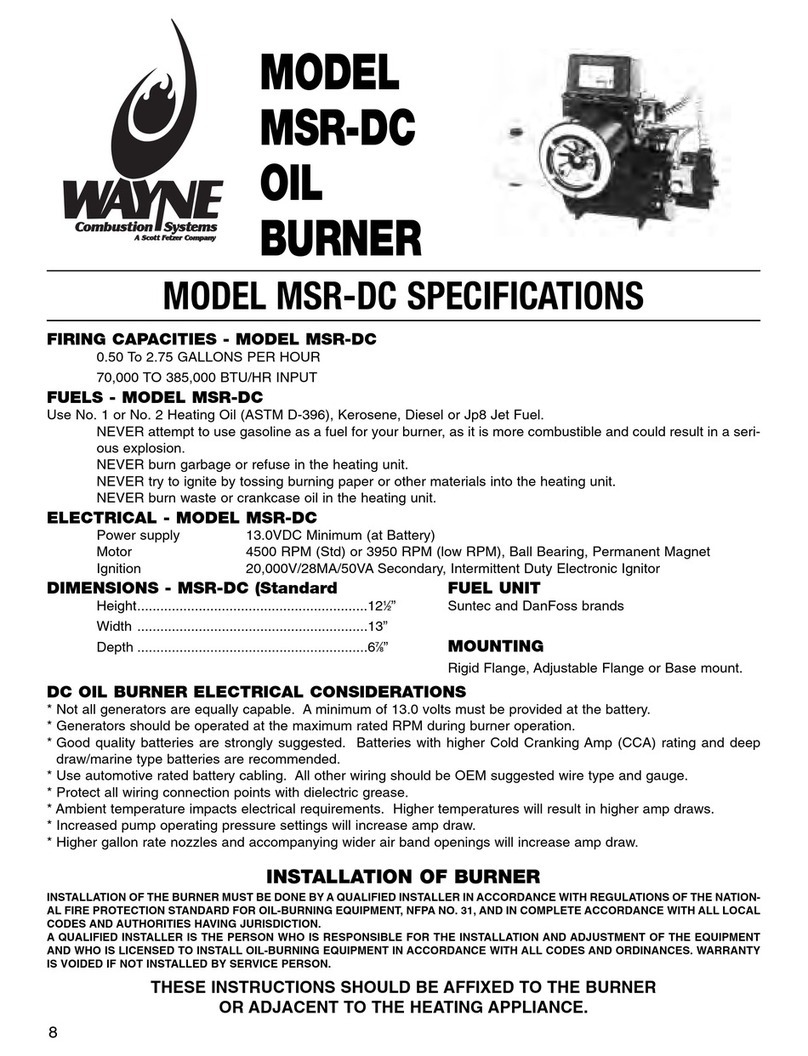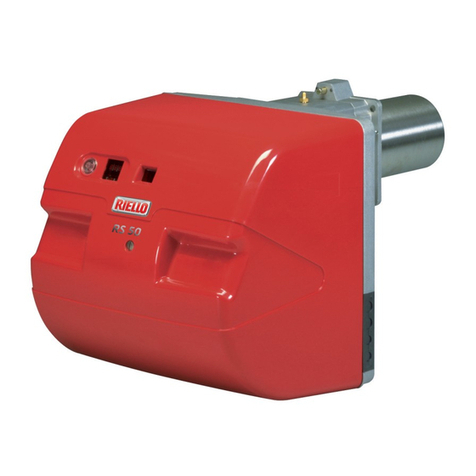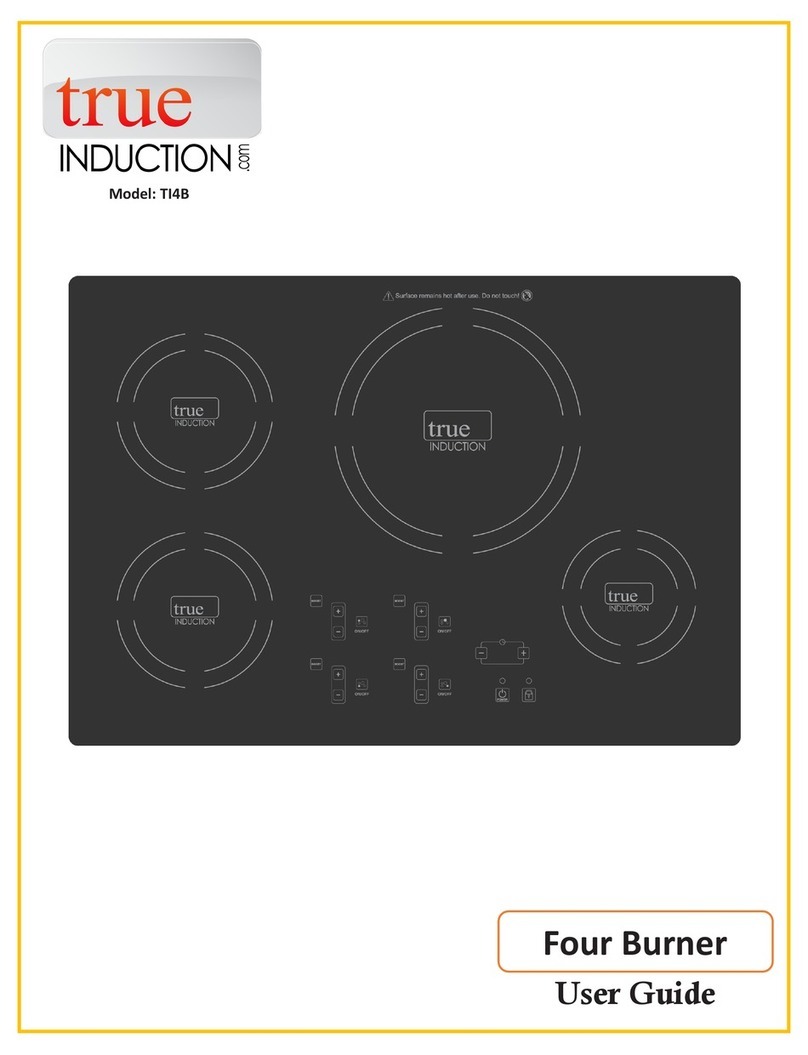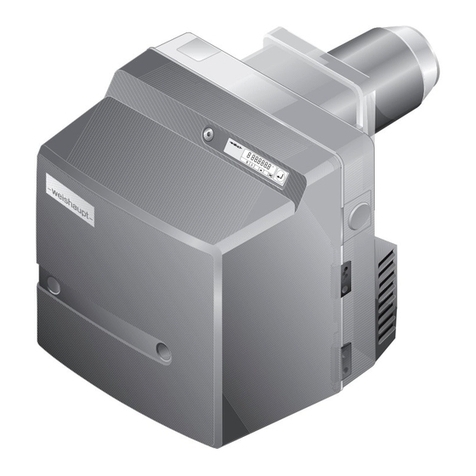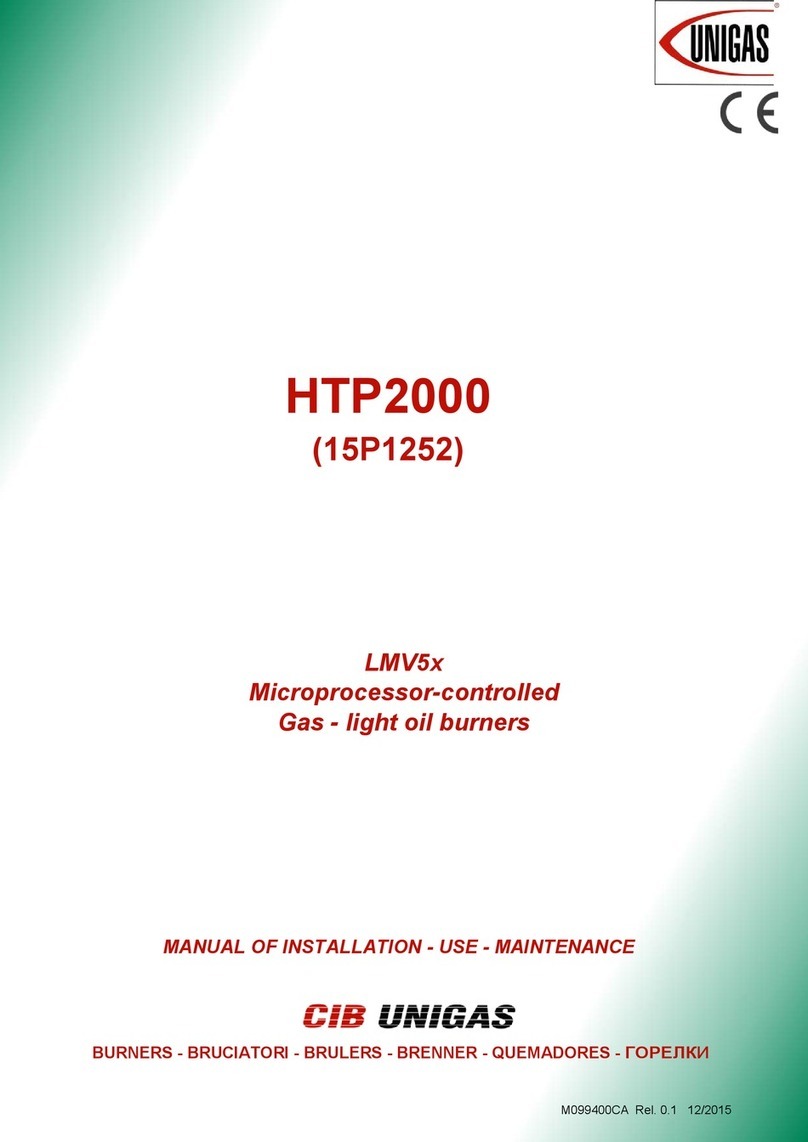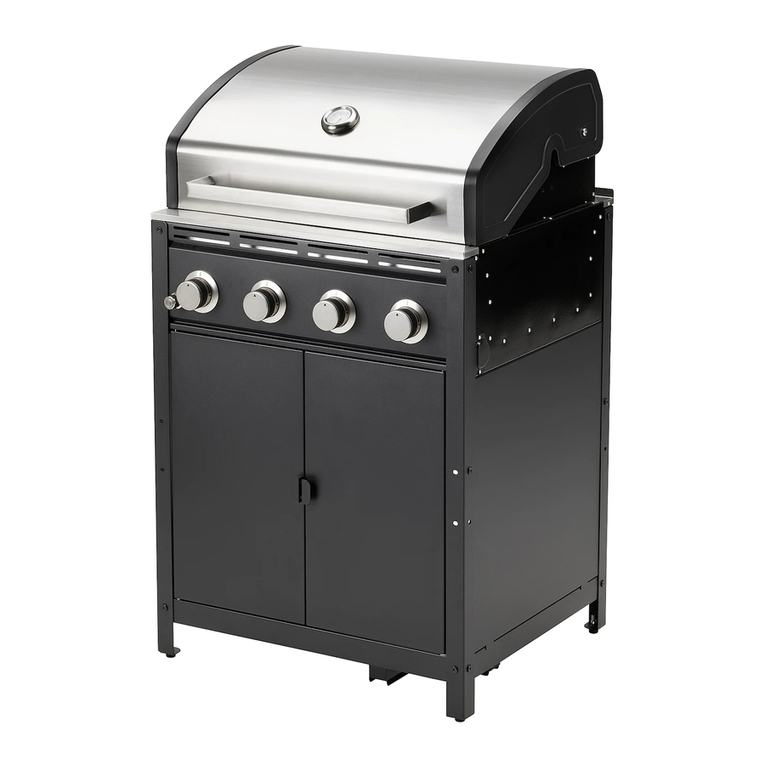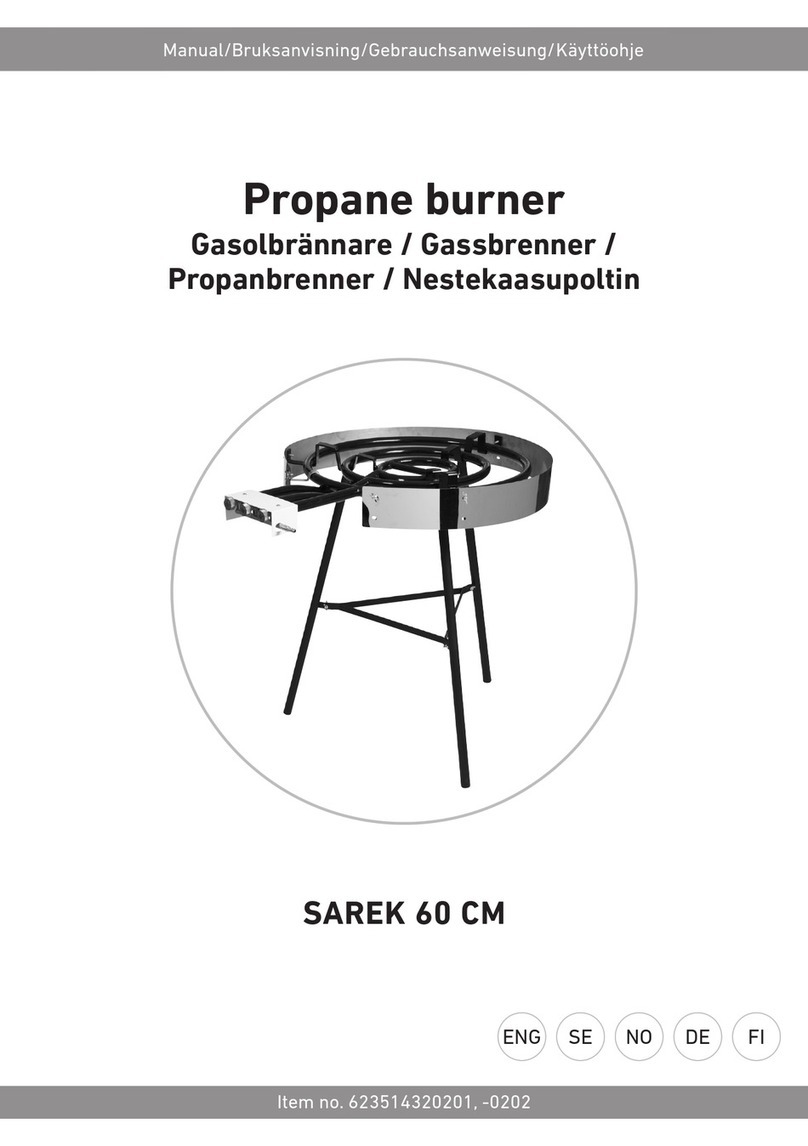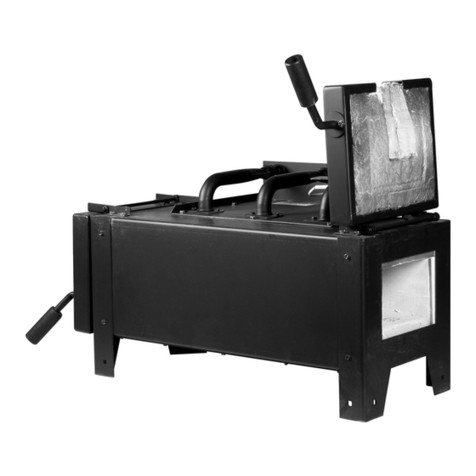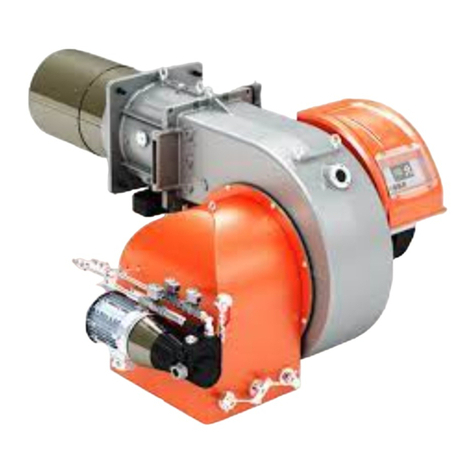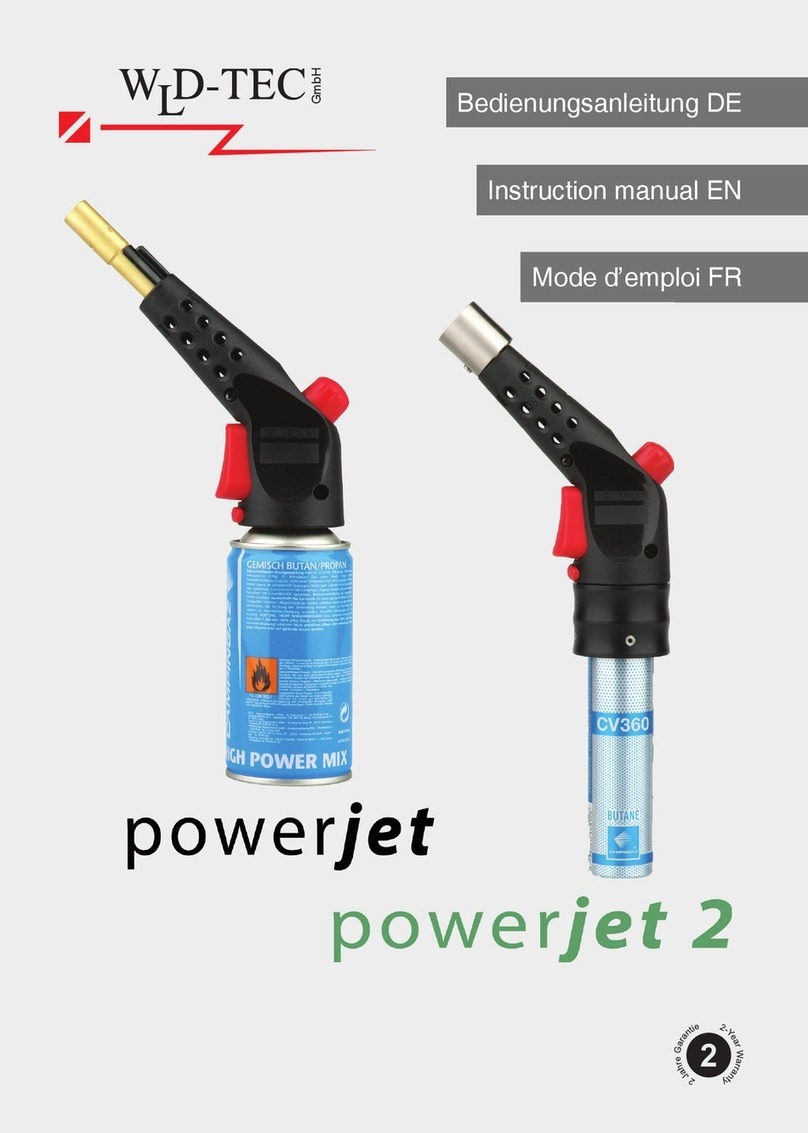
5
SECTION I
INSTALLATION
Installation of these power gas burners must conform
to local codes, or in their absence, the National Fuel
Gas ode, ANSI Z223.1/NFPA 54.
In ANADA, “The equipment shall be installed in
accordance with the Provincial Installation
Requirements, or in their absence, the GA B149.1
and B149.2 Installation odes shall prevail.”
Authorities having jurisdiction should be consulted
before installations are made.
NOTICE: ANSI or local installation code compliance
is the sole responsibility of the qualified installer.
B. VENTILATION
The EHG burner models covered by this manual shall
not be installed in an appliance located where normal
air circulation or infiltration is limited in providing all
the air necessary for proper combustion and draft
hood dilution air.
When the heating appliance is installed in a
tightly closed room without ventilation openings
to outdoors, or other rooms, provisions shall be
made for supplying air for combustion through
special openings, one near the floor line and the
other near the ceiling. Each is to be sized on the
basis of one square inch (645. mm ) or more of
free area for each 1,000 Btu/hr (0. 9 kW) input.
NOTICE: All piping must comply with state and/or
local codes. The available gas supply pressure
should be within minimum and maximum pressures
shown in the burner specifications. If the gas supply
pressure exceeds the 14” w.c. (3.5 kPa) maximum,
an intermediate main gas regulator must be installed
ahead of the main gas manual shutoff valve shown in
Figure 2.
WARNING: Failure to install the intermediate gas
regulator could result in gas leakage from gas
valve(s) ad/or the burner’s automatic pressure
regulator.
A drip leg or sediment trap must be installed in the
supply line to the burner. A pipe union shall be
installed in the gas line adjacent to, and upstream
from the main gas manual shutoff valve. See Figure
2.
The gas supply piping to the burner should branch off
from the main gas supply line as close to the gas
meter as possible. Do not connect to the bottom of a
horizontal section. For pipe sizing and lengths refer to
the tables on pages 44 and 45.
Use new black iron pipe and malleable fittings free
from burrs and defects. Use pipe joint compound
resistant to liquefied petroleum gases.
A 1/8” NPT plugged tapping accessible for test gauge
connection shall be provided immediately upstream of
the gas supply pressure connection for determining
gas supply pressure to the burner. Test new supply
piping for leaks. CAUTION: DURING PRESSURE
TEST FOR LEAKS IN SUPPLY PIPING, THE
BURNER MUST BE DISCONNECTED TO
PREVENT EXPOSING THE COMBUSTION
REGULATOR/GAS VALVE(S) TO PRESSURES
GREATER THAN 1/ ” PSIG (3447 PaG) POSSIBLY
THE BURNER AIR TUBE MUST NOT BE
ALLOWED TO EXTEND INTO THE CHAMBER
PROPER; IT MUST BE SET 1/8 INCH (3. MM)
SHORT OF THE INSIDE SURFACE.
Before permanently securing the burner to the
heating appliance with the mounting flange or
cementing around the air tube in the combustion
chamber opening, check that the burner head
assembly is free of foreign materials and that the
sensor and electrode probes have not been damaged
or repositioned, see Figure 1.
